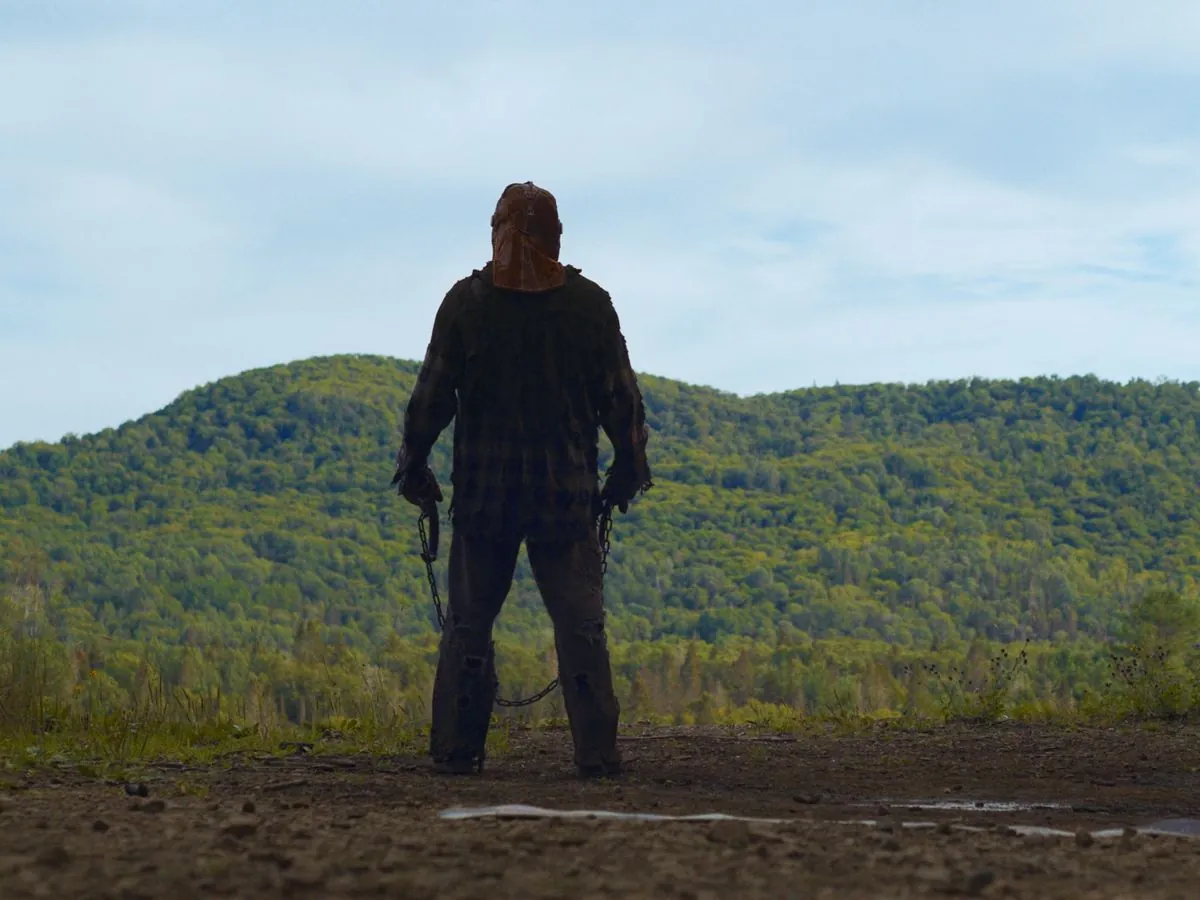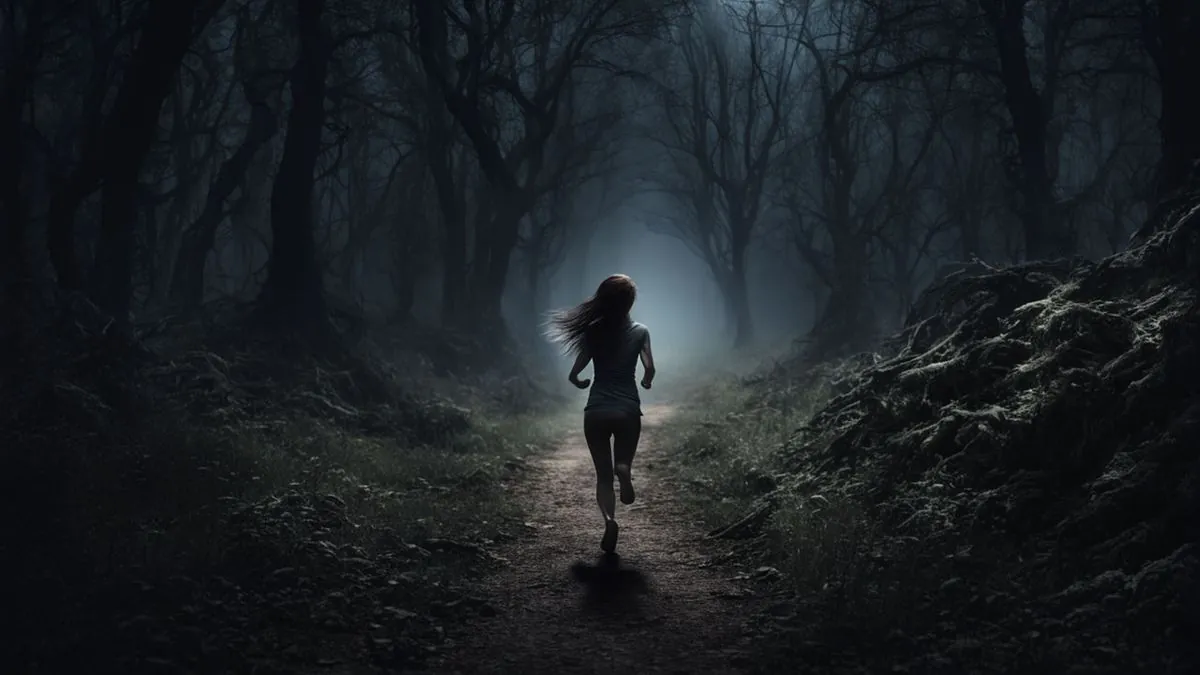"Strange Darling": A Twisted Tale of Survival and Cinematic Ingenuity
"Strange Darling" blends surrealism and thriller elements in a nonlinear narrative, exploring power dynamics and trust. With impressive performances and cinematography, it stands out as a unique and unsettling cinematic experience.

In the realm of contemporary cinema, JT Mollner's "Strange Darling" emerges as a captivating thriller that defies initial expectations. Set against the backdrop of the Cascade Range, this film weaves a complex narrative that challenges viewers' perceptions and keeps them on the edge of their seats.
At first glance, "Strange Darling" appears to draw inspiration from renowned filmmakers such as David Lynch, the Coen brothers, and Quentin Tarantino. However, dismissing it as mere imitation would be a disservice to its unique qualities. Mollner, in his second directorial venture following 2016's "Outlaws and Angels," has crafted a story that stands on its own merits.
The film's nonlinear structure, a technique popularized by Tarantino, serves a greater purpose than mere stylistic choice. It effectively shatters preconceptions and keeps the audience engaged throughout its 96-minute runtime. This approach allows Mollner to explore themes of power dynamics and vulnerability in casual encounters between strangers.
Willa Fitzgerald delivers a standout performance as the unnamed female protagonist, credited simply as the Lady. Her character navigates a treacherous landscape, both literal and metaphorical, as she flees from the menacing Demon, portrayed with chilling intensity by Kyle Gallner. Fitzgerald's nuanced portrayal captures the complex emotions of a woman forced to make difficult choices in life-threatening situations.

The film's visual aesthetic is equally impressive, thanks to the debut cinematography of actor Giovanni Ribisi. Known for his roles in "Avatar" and "Sneaky Pete," Ribisi proves his talent behind the camera, utilizing 35mm film to create a vintage look while incorporating modern techniques. His use of neon blues and striking reds adds depth to the visual storytelling, enhancing the film's unsettling atmosphere.
Music plays a crucial role in "Strange Darling," with composer Craig DeLeon crafting a score that complements the on-screen tension. The addition of folk ballads by indie rocker Z Berg further enriches the auditory experience, contributing to the film's unique ambiance.
While "Strange Darling" primarily focuses on its two main characters, supporting actors Barbara Hershey and Ed Begley Jr. make memorable appearances as eccentric mountain-dwelling hippies. Their presence adds a touch of levity to the otherwise intense narrative.
As the film unfolds in Hood River County, Oregon, it explores the darker aspects of human nature and the risks inherent in trusting strangers. Mollner's script delves into these themes with a deft touch, avoiding heavy-handedness while still delivering a powerful message.
"Strange Darling" has earned its place among the standout films of the year, particularly in the realm of elevated horror. Its ability to blend genres, subvert expectations, and deliver a visually stunning experience sets it apart from its contemporaries.
"Do you have any idea the kind of risk a woman like me takes every time she agrees to have a little bit of fun?"
This poignant question encapsulates the film's exploration of gender dynamics and the inherent dangers women face in everyday situations. It serves as a reminder of the underlying tensions that drive the narrative forward.
In conclusion, "Strange Darling" is a testament to the power of innovative storytelling and visual craftsmanship. It challenges viewers to look beyond surface-level comparisons and appreciate the unique vision brought to life by Mollner, Ribisi, and the talented cast. As summer blockbusters come and go, this film stands as a thought-provoking and visually arresting experience that lingers long after the credits roll.


































